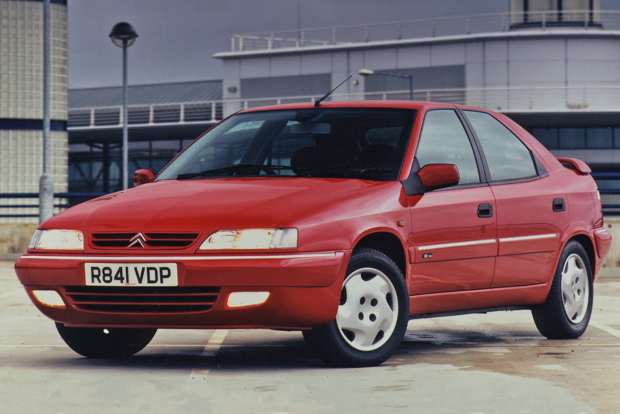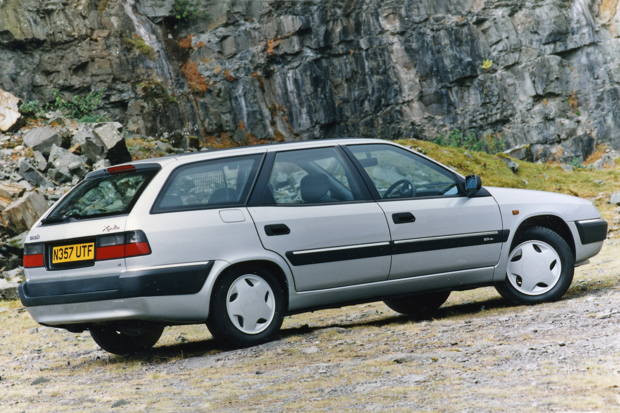Future Classic Friday: Citroen Xantia

The 1990s were a transitional period for Citroen. Through the '70s and '80s it firmly ploughed its own furrow, frequently producing brilliant but quirky cars that buyers either loved or ignored.
But as a part of the PSA Group, the radical designs were becoming more conservative. And the innovation for which it was famed was being squeezed out in favour of more conventional engineering solutions.
Enter the Citroen Xantia, an upmarket replacement for the popular Citroen BX that was designed to tackle big-selling fleet fodder such as the Ford Sierra/Mondeo and Vauxhall Cavalier, customers who weren't exactly known for being bold.
Still, the ingredients were good. The folks at Bertone got their pens out for the exterior, which was wedgy and sleek without being wacky. It looks pretty sharp today, which is testament to the original design.
Inside, the Citroen Xantia binned any semblance of quirkiness, with a solid if plain layout. The quality had moved up a notch though, an important factor given the target audience.
Mechanically the big news was that the Citroen Xantia stuck with hydropneumatic suspension, delivering a superb ride and good handling. Passive rear-steer, a feature shared with the Citroen ZX, also helped here.
The Citroen Xantia had another trick up its sleeve on high-spec Activa versions, which had hydraulic cylinders acting on stabiliser bars to provide better body control during cornering, braking and acceleration without hurting ride quality.
It meant the Citroen Xantia Activa suffered very little body roll, keeping the tyres in better contact with the road and improving cornering speeds.
Legend has it that the Activa still holds the record speed for completing the 'moose test' emergency avoidance manouevre - 2mph quicker than a Porsche 997 GT3 RS...

Elsewhere the Citroen Xantia was unfortunately a bit too conventional, soldiering on with elderly XU petrol and XUD diesels which were behind more modern engines of key rivals.
The estate version arrived in 1995, which was just as good looking as its hatchback sibling but offered a cavernous boot and self-levelling rear suspension, which is a god-send if you like to haul heavy stuff.
When it comes to owning one there are two big issues to overcome: finding one and keeping it running. The mix of Citroen's patchy reliability record and the sophistication of the Citroen Xantia is not a healthy one, so you'll need to be keen.
The list of points to watch is long: ABS, hydraulic system, clutch cables, conrods in diesels, air conditioning and strut-top bearings are just for starters. Parts aren't easy to find either - a Citroen specialist is a must.
In fairness we didn't have to look far to find some examples for sale, there just weren't many of them. First out of the box was 1996 SX TD, which judging by the ad had plenty of good money spent on it.
No warning lights, working electrics, new suspension spheres and owned for the last 15 years, as well as being maintained by a local specialist. The mileage was missing, but for £650 it looked like a great starter.
At the top end we found a 1998 3.0-litre V6 Exclusive, which is a miracle in itself. A fresh MOT, recent service and fully-functional suspension is all good news while only 80,000 miles means there's time left in it.
An asking price of £2450 isn't ridiculous either and although the V6 will give your debit card a work out, this example looked remarkably clean and cared for.
It's a good time for the Citroen Xantia, as it's already rare enough that you probably remember the last time you saw one, but it's not so old that it will struggle with modern driving conditions.
It may not fit into the typical definition of a classic Citroen, but it's a car that was distinctive among its peers despite the clouds of conformity that were looming over the brand. Find a Citroen Xantia for sale

What should I look for when buying a Citroen 2CV?


